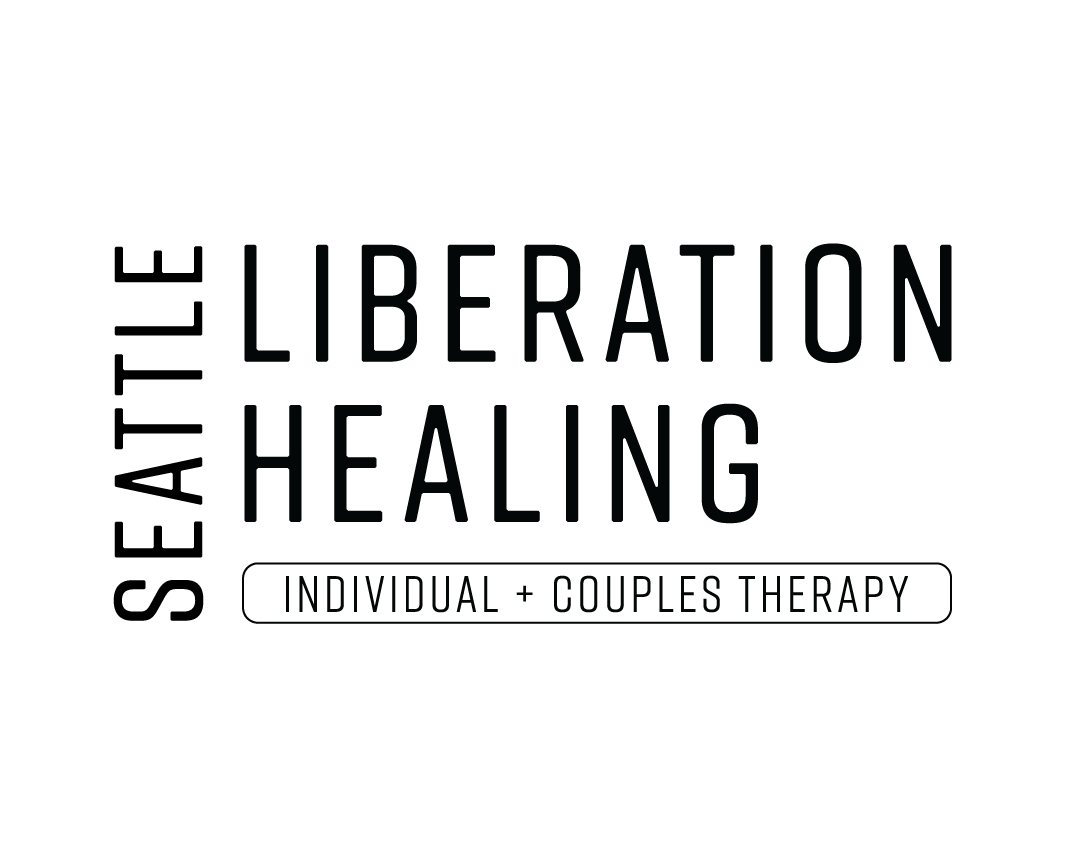Why Do I Feel Unsafe With Other People As a Survivor of Trauma?
Fear & Safety
Lack of safety, terror, and fear are common reactions to traumatic events because the mind and body has been violated
Boundaries have been crossed without consent
Extraordinary things have occurred that shouldn’t have occurred like abuse, neglect, accidents, sudden loss, etc.
The body keeps the score so tension, pain, fatigue, armoring are common somatic reactions to trauma
This fear shows up not just in our mind/brain, but in our body
Cultivating a deeper sense of safety inside of our mind/brain and body is one of the goals of trauma therapy
Examples include:
Fear of close relationships, especially as trust is beginning to develop
Fear of boundaries being crossed without consent
Fear of loss of independence/agency/self autonomy
Fear of abandonment or being left behind/discarded/rejected
Fear of people or certain types of people
Fear of social situations and crowds (anxiety)
Fear of new situations and experiences (uncertainty)
Fear of going outside of your house (hypervigilance)
Fear of emotional rejection
Fear of physical rejection
Fear of opening up to others emotionally
Fear of being abused/hit/thrown something
Fear of being yelled at/screamed at/blamed/shamed
And more
Common statements when someone is still stuck from traumatic experiences:
“The world is very dangerous everywhere”
“People will always try to harm me”
“There is nowhere safe to be”
“I will never be hurt by others”
“Others are out to harm me and most people will hurt me if they can”
“I cannot protect myself”
“I can’t protect myself from any harm”
“Bad things will always happen to me”
Common statements when traumatic experiences are processed and actively worked on:
“There are some people out there who are dangerous, but not everyone is out to harm me in some way”
“There may be some people who will try to harm me, but not everyone I meet will hurt me. I can take precautions to reduce the likelihood that others can hurt me”
Hypervigilance
Hypervigilance is defined as the feeling of being constantly on guard for the purpose of detecting potential danger, even when the risk of danger is low
A state of heightened awareness and watchfulness
Examples of hypervigilance:
Sweating
Heart racing
Being on edge
Restlessness
Scanning environment for danger
Reading facial cues
Listening to vocal cues and tones
Anger
Frustration
Irritability
Easily startled
Jumpiness
And more
What Can I Do To Feel Safer?
Learn about the nervous system through reading books, listening to podcasts, watching videos, and reading articles of the following topics:
Neuroception
Interoception
Window of Tolerance
Autonomic Nervous System
Dysregulation
Fight, flight, freeze, fright, and fawn responses
Befriend your nervous system through the following:
Naming your feelings and sensations (name it, to tame it)
Locating your feelings and sensations inside of your body (if there’s an empty sheet of paper with the outline of your body, color in the feelings and sensations)
Grounding and resourcing yourself when overwhelmed (54321, feet on ground, deep breaths, touch something slowly, smell something, etc.)
Orienting to the room around you/environment around you slowly and with curiousity
And more
Practice the above skills consistently
Practice over and over
Over time, you will embody the skills and it will become easier and more natural to break the automatic reactions you’ve learned due to traumatic experiences
Over time, your brain will learn to distinguish between perception of danger and real danger
Initially, the skills will feel clunky/difficult/challenging/unnatural because you’re not used to it yet
Get to know the beliefs/stories/narratives you tell yourself
Are they helpful or unhelpful?
Are they negative, positive, or neutral?
Are they based on adaptive survival or adaptive thriving?
Practice patience
Healing takes time
Rarely does pushing through/forcing yourself result in long lasting positive change
Practice self compassion
Always come back to compassion, not judgement, criticism, shaming, blaming, demand, etc.
Rarely does criticism and demand lead to long lasting positive change
Engage in some sort of daily somatic practice and do it slowly and mindfully
Yoga
Pilates
Running
Exercising
Strength training
Stretching
Walking
Mindfulness
Meditation
Breath work
And more
Share your inner world with others you trust and love (rather than keeping it inside and internalizing it)
Start small
Start with easy people first (closed trusted people vs. strangers or people you don’t know)
Then as it becomes a bit easier, share with strangers or new people
Seek out professional help
A support group
A licensed therapist
And more
Read My Other Blog Posts on Trauma
